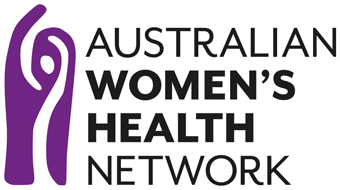Teenage Mothers in Australia 2015
Publisher: AIHW 2015
Status – CURRENT
Teenage mothers in Australia: This report presents key statistics and trends for teenage mothers and their babies in Australia. Teenage mothers and their babies are more likely to experience broader disadvantage, have antenatal risk factors and have poorer maternal and baby outcomes during and after birth, than older mothers and their babies.

